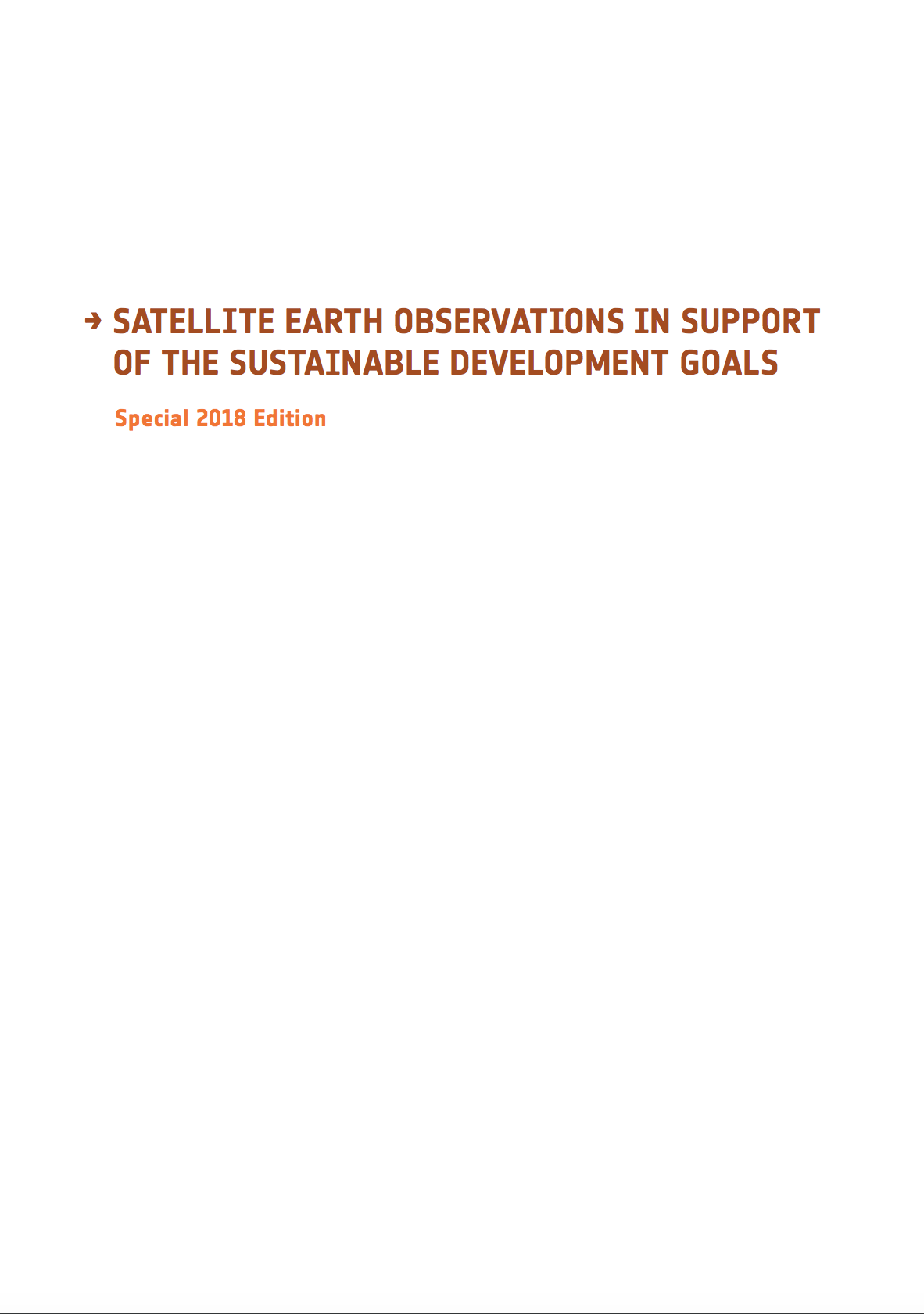Satellite Earth Observations in Support Of The Sustainable Development Goals
2018 Edition
Resource information
Date of publication
February 2018
Resource Language
Pages
114
License of the resource
This Handbook aims to explain how satellite Earth Observation (EO) are an essential tool in the development of the information and evidence required by many of the SDG Targets and Indicators.It has been prepared for national agencies, UN bodies and other SDG stakeholders working towards a collective implementation of the 2030 Agenda and towards a cost-effective response of countries to the SDG monitoring and reporting challenges.
Geographical focus



